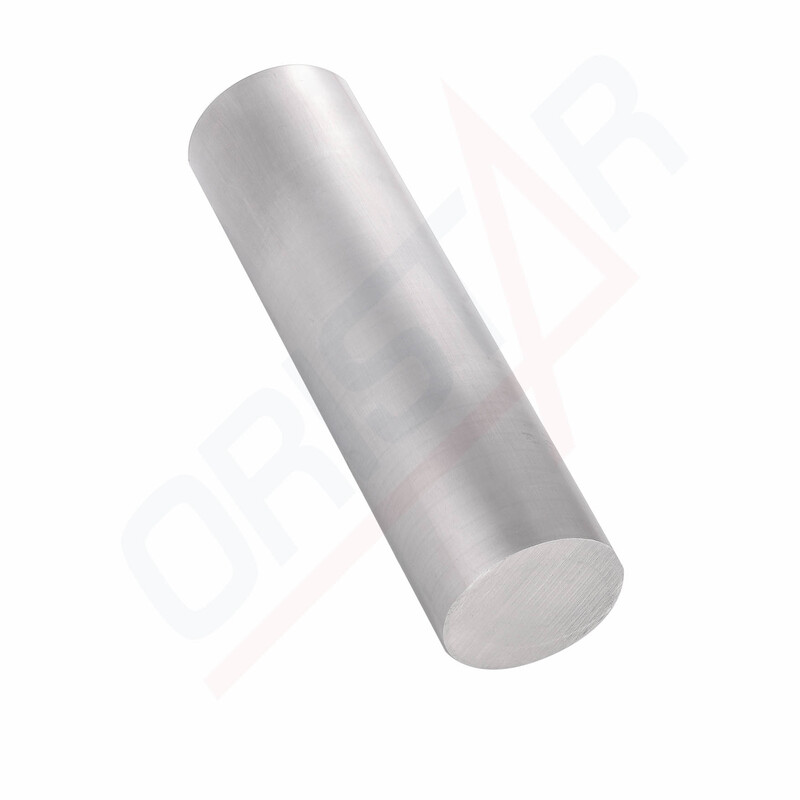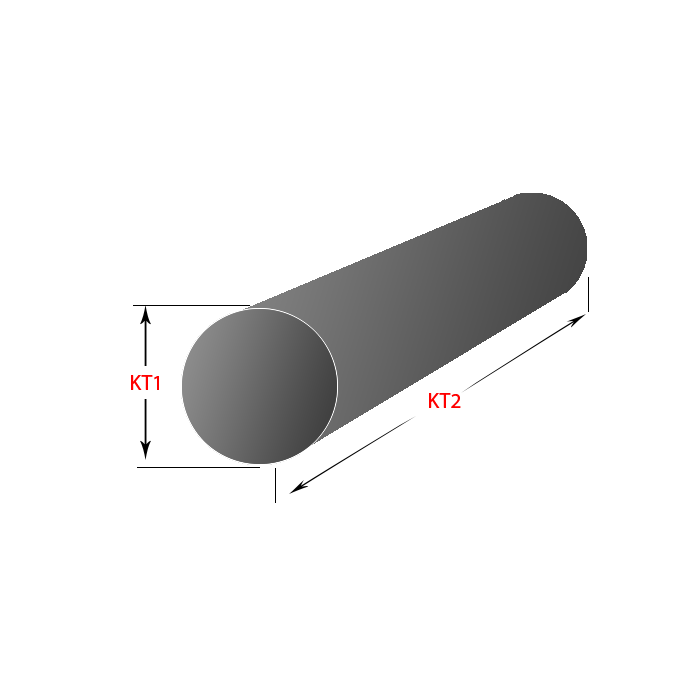THÔNG TIN CƠ BẢN
Aluminum Alloy A2011 is an aluminum alloy from the 2000 series, containing a high percentage of copper (Cu) as the primary alloying element. A2011 is well-known for its excellent machinability, making it particularly suitable for applications requiring high precision and rapid forming capabilities.
Key Characteristics of Aluminum Alloy A2011:
- Chemical Composition:
- Aluminum Alloy A2011 contains a high percentage of aluminum (Al), with copper (Cu) as the primary alloying element, along with small amounts of other elements such as lead (Pb), bismuth (Bi), and iron (Fe).
- Physical Properties:
- Machinability: A2011 offers excellent machinability, making it easy to shape through cutting, drilling, and mechanical machining.
- Strength and Hardness: This alloy has high strength and moderate hardness, which can be enhanced through heat treatment processes.
- Corrosion Resistance: While it has lower corrosion resistance compared to other aluminum alloys, it is still widely used in applications where corrosion resistance is not a primary concern.
- Applications:
- Precision Engineering: Used in the production of machine parts, shafts, and components that require high precision.
- Industrial Applications: Applied in the manufacturing of components for electronic devices, pneumatic systems, and power transmission systems.
- Aerospace Industry: Used in the production of aircraft parts and aerospace equipment.
- Shape and Size:
- Aluminum Alloy A2011 is typically available in forms such as bars, tubes, and other product shapes tailored to specific application requirements.
Manufacturing and Processing:
- Aluminum A2011 is typically produced through casting, rolling, and forming processes. Heat treatment may be applied to optimize the mechanical properties of this alloy.
(Source: Internet)
Key Characteristics of Aluminum Alloy A2011:
- Chemical Composition:
- Aluminum Alloy A2011 contains a high percentage of aluminum (Al), with copper (Cu) as the primary alloying element, along with small amounts of other elements such as lead (Pb), bismuth (Bi), and iron (Fe).
- Physical Properties:
- Machinability: A2011 offers excellent machinability, making it easy to shape through cutting, drilling, and mechanical machining.
- Strength and Hardness: This alloy has high strength and moderate hardness, which can be enhanced through heat treatment processes.
- Corrosion Resistance: While it has lower corrosion resistance compared to other aluminum alloys, it is still widely used in applications where corrosion resistance is not a primary concern.
- Applications:
- Precision Engineering: Used in the production of machine parts, shafts, and components that require high precision.
- Industrial Applications: Applied in the manufacturing of components for electronic devices, pneumatic systems, and power transmission systems.
- Aerospace Industry: Used in the production of aircraft parts and aerospace equipment.
- Shape and Size:
- Aluminum Alloy A2011 is typically available in forms such as bars, tubes, and other product shapes tailored to specific application requirements.
Manufacturing and Processing:
- Aluminum A2011 is typically produced through casting, rolling, and forming processes. Heat treatment may be applied to optimize the mechanical properties of this alloy.
(Source: Internet)



